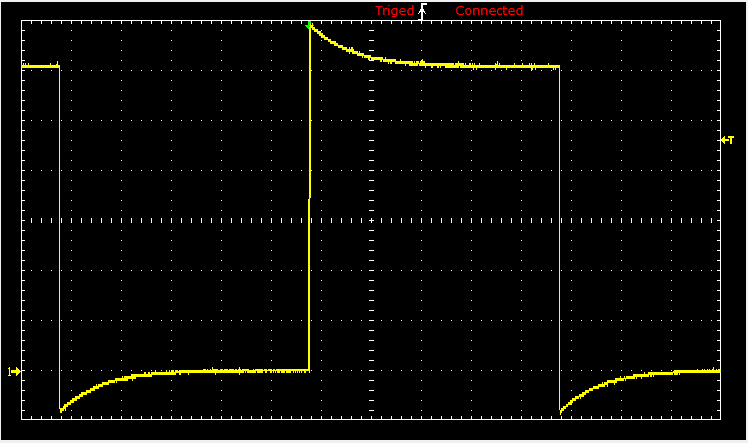Matrix Spaces
There are two kinds of matrix spaces: one is defined by a set of matrices of special type (considered in section), and another is associated with every matrix. This section is devoted to the latter case.
We know from previous discussions that every real or complex n-dimensional vector space is isomorphic to ℝn or ℂn. This gives us the ground to consider linear transformations from one Euclidean Vector Space ℝn (or ℂn) into another one ℝm (or ℂm) instead of general finite dimensional vector spaces. Every linear transformation T: V ↦ W from one n-dimensional vectors space V into another m-dimensional vector space W is equivalent to a corresponding matrix transformation x ↦ Ax for some m×n matrix A for appropriate chosen bases. The inverse statement is obviously true because multiplication by a matrix defines a linear transformation.
Let A be an m-by-n matrix that maps \( \mathbb{R}^n \) into \( \mathbb{R}^m . \) So for every (colomn) vector \( {\bf x} = \left[ x_1 , x_2 , \ldots , x_n \right]^{\mathrm{T}} \) corresponds a vector \( {\bf A}\,{\bf x} \in \mathbb{R}^m . \)
Let V and U be vector spaces and \( T:\,U \to V \) be linear transformation. Then the set of all vectors of the form \( {\bf y} = {\bf A}\,{\bf x} \in V \) is called the range (or image) of T.
Theorem: Let V and U be vector spaces and \( T:\,U \to V \) be linear transformation. Then the range of T is a subspace of V.
Because \( T\left( 0U \right) = 0V, \) we have that \( 0V \in R(T) . \) Now let us choose two vectors \( {\bf x}, \, {\bf y} \in R(T) \) from the range and a scalar k. Then there exist two vectors u and v such that \( T({\bf u}) = {\bf x} \) and \( T({\bf v}) = {\bf y} . \) Hence, \( T({\bf u} + {\bf v}) = T({\bf u}) + T({\bf v}) = {\bf x} + {\bf y} \) and \( T(k{\bf u}) = k\, T({\bf u}) = k\, {\bf x} . \) Thus, \( T({\bf u} + {\bf v}) = T({\bf u}) + T({\bf v}) = {\bf x} + {\bf y} \in R(T) \) and \( T(k\,{\bf u}) = k \, T({\bf x}) = k\,{\bf x} \in R(T) , \) so R(T) is a subspace of V.
Recall that a set of vectors β is said to generate or span a vector space V if every element from V can be represented as a linear combination of vectors from β.
Theorem: Let V be a vector space and \( \beta = \left\{ {\bf u}_1 , {\bf u}_2 , \ldots , {\bf u}_n \right\} \) be a subset of V. Then β is a basis for V if and only if each vector v in V can be uniquely decomposed into a linear combination of vectors in β, that is, can be uniquely expressed in the form
If the vectors \( \left\{ {\bf u}_1 , {\bf u}_2 , \ldots , {\bf u}_n \right\} \) form a basis for a vector space V, then every vector in V can be uniquely expressed in the form
Theorem: Let S be a linearly independent subset of a vector space V, and let v be an element of V that is not in S. Then \( S \cup \{ {\bf v} \} \) is linearly dependent if and only if v belongs to the span of the set S.
Theorem: If a vector space V is generated by a finite set S, then some subset of S is a basis for V ■
A vector space is called finite-dimensional if it has a basis consisting of a finite
number of elements. The unique number of elements in each basis for V is called
the dimension of V and is denoted by dim(V). A vector space that is not finite-
dimensional is called
infinite-dimensional.
The next example demonstrates how Mathematica can determine the basis or set of linearly independent vectors from the given set. Note that basis is not unique and even changing the order of vectors, a software can provide you another set of linearly independent vectors.
MatrixRank[m =
{{1, 2, 0, -3, 1, 0},
{1, 2, 2, -3, 1, 2},
{1, 2, 1, -3, 1, 1},
{3, 6, 1, -9, 4, 3}}]
Then each of the following scripts determine a subset of linearly independent vectors:
m[[ Flatten[ Position[#, Except[0, _?NumericQ], 1, 1]& /@
Last @ QRDecomposition @ Transpose @ m ] ]]
or, using subroutine
MinimalSublist[x_List] :=
Module[{tm, ntm, ytm, mm = x}, {tm = RowReduce[mm] // Transpose,
ntm = MapIndexed[{#1, #2, Total[#1]} &, tm, {1}],
ytm = Cases[ntm, {___, ___, d_ /; d == 1}]};
Cases[ytm, {b_, {a_}, c_} :> mm[[All, a]]] // Transpose]
we apply it to our set of vectors.
m1 = {{1, 2, 0, -3, 1, 0}, {1, 2, 1, -3, 1, 2}, {1, 2, 0, -3, 2,
1}, {3, 6, 1, -9, 4, 3}};
MinimalSublist[m1]
{{1, 1, 1, 3}, {0, 1, 0, 1}, {1, 1, 2, 4}}
One can use also the standard Mathematica command: IndependenceTest.
■
